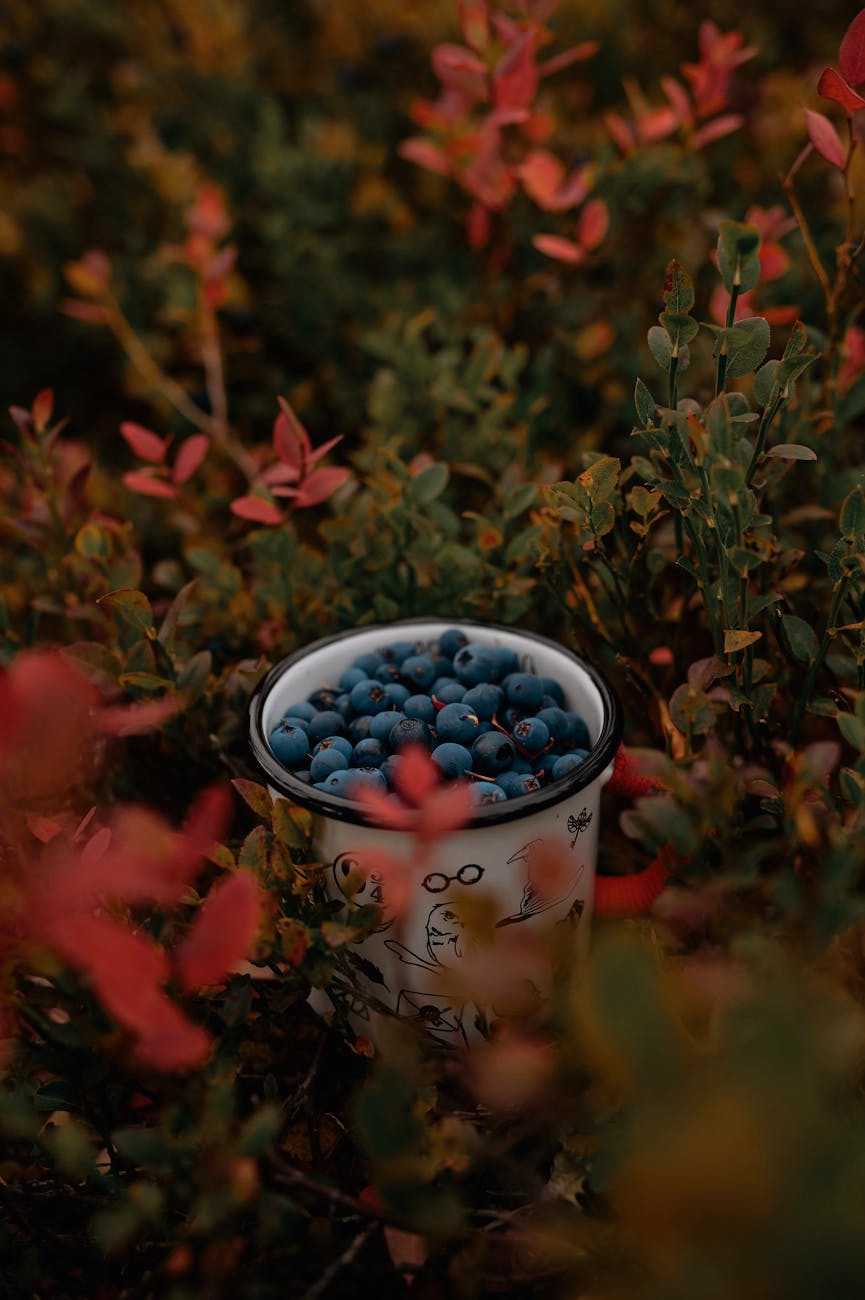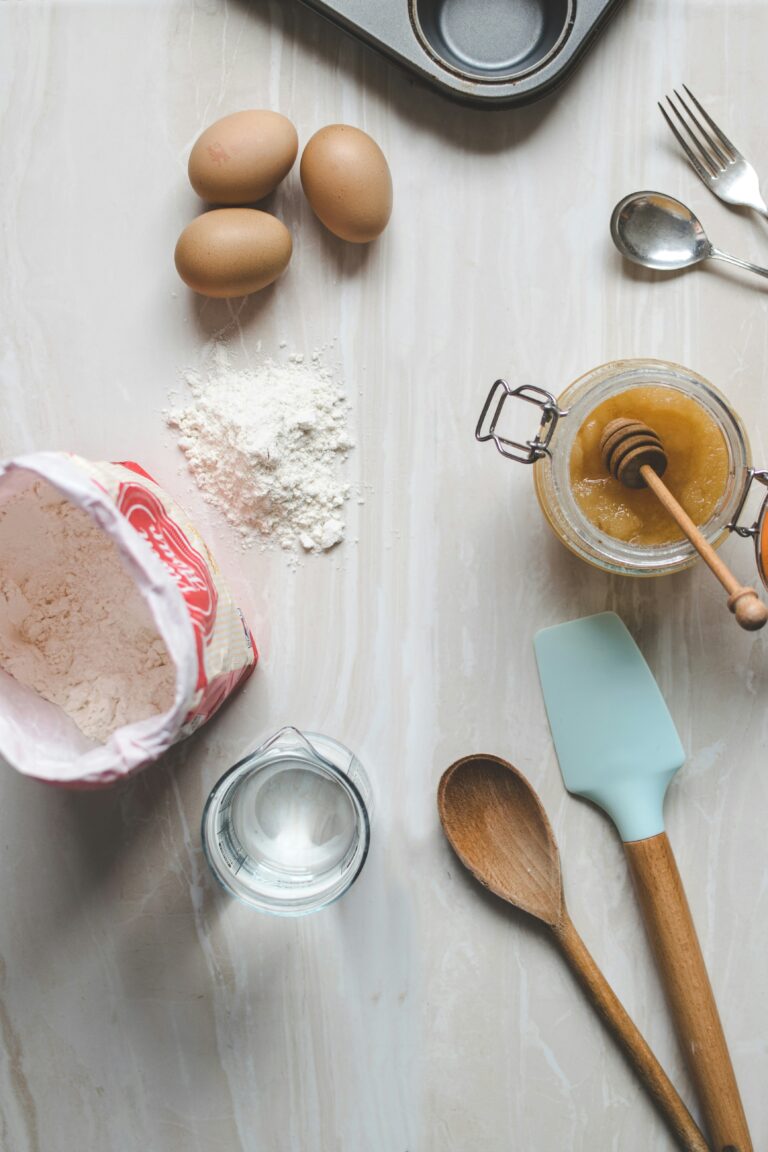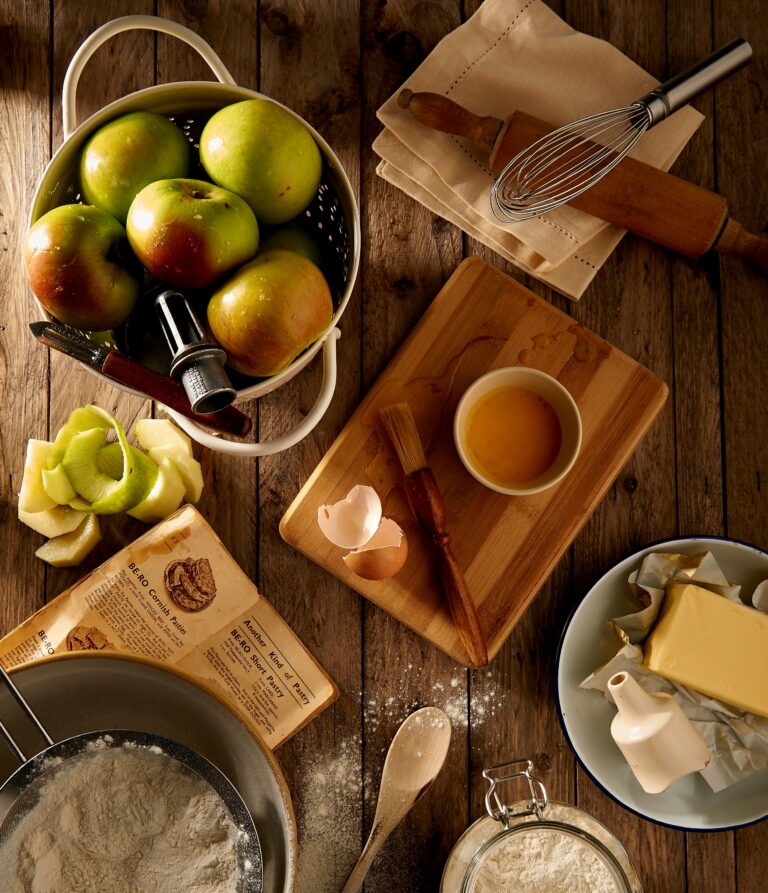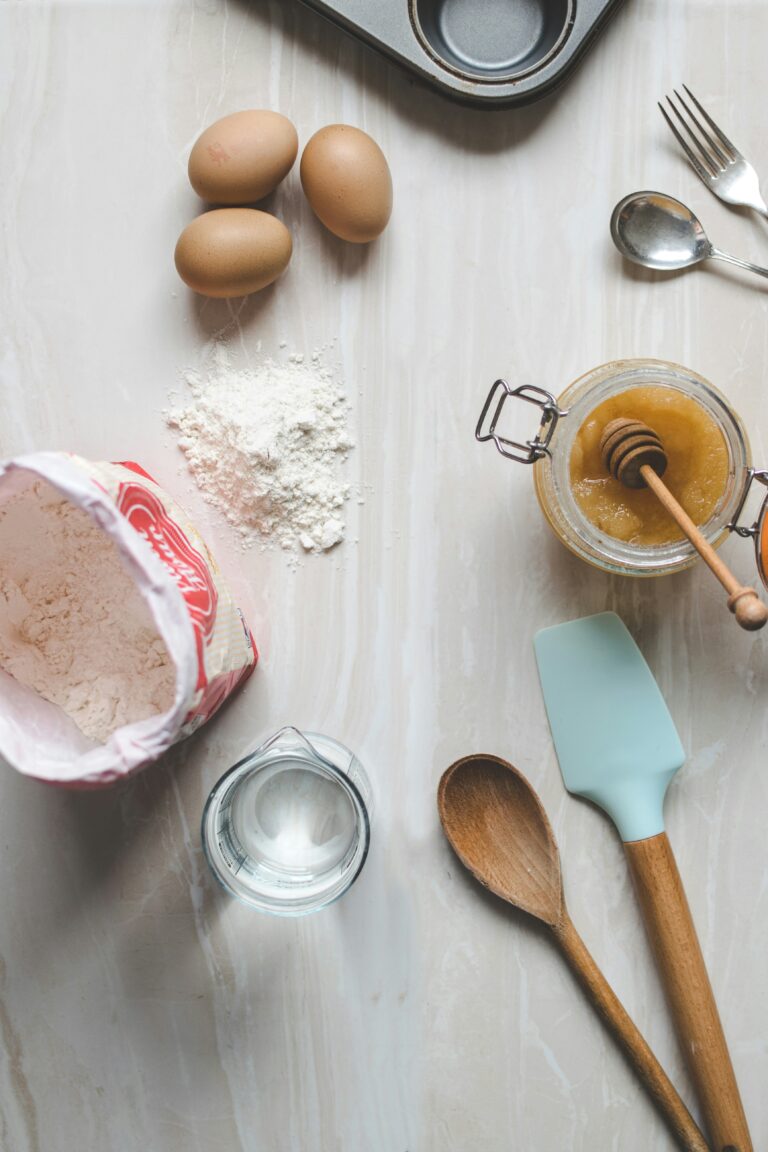Understanding Cooking Measurements
Nailing those cooking measurements is like hitting the bullseye in a game of darts. Yes, it’s that crucial! Get ’em right, and you’ve got a dish that’ll have everyone begging for more. Mess ’em up, and well, the result could be… let’s say “unique.” Whether it’s that delicate balance in a creamy pastry or the exacting precision for a savory sauce, measuring with accuracy is key. We get it, it’s not just about the taste; it’s the whole package – the texture, the look, the whole irresistible, mouth-watering shebang.
Importance of Accurate Measurements in Cooking
Imagine cooking without measurements as trying to find your friend’s new house without GPS. Could you wing it? Maybe. Would it be the smoothest ride? Probably not. Measurements in cooking guide your pot and pan towards the party, ensuring you don’t end up at the wrong address. Precision in your cooking keeps you on course, delivering meals not just to taste, but to wow—keeping tastes and textures intact. For those with a deeper curiosity, there’s more to explore about why getting these quantities right is such a big deal. Check out our article on importance of correct quantities when cooking.
Overview of Common Measurement Units
Here’s the thing with cooking: it’s a mash-up of units. From the quick scoop of a teaspoon to the heft of a pound, knowing them is your secret to wizard-level recipe execution. Reading a recipe shouldn’t feel like decoding a secret message, so here’s a no-nonsense guide to the familiar faces of kitchen measurements:
| Unit | Measurement |
|---|---|
| Teaspoon (tsp) | 5 milliliters (mL) |
| Tablespoon (tbsp) | 15 milliliters (mL) |
| Cup | 240 milliliters (mL) |
| Ounce (oz) | 28 grams (g) |
| Pound (lb) | 16 ounces (oz) |
| Gram (g) | It’s the metric heavyweight! |
Grabbing a handle on these units lets you cook like a pro and tweak recipes without fear of catastrophe. You’re not just cooking meals; you’re creating experiences. By mastering the art of measurement, you take control, ensuring each dish is a knockout every time it’s dished up. Happy measuring, happy eating!
Converting Cups to Grams for Fruit
Being precise with measurements in cooking or baking really levels up your game, doesn’t it? When it comes to fruit, knowing how much a cup weighs in grams can save you some guesswork. We’ll break down the different factors that make fruit weight fluctuate and offer some solid tips for converting cups to grams.
Factors Affecting Weight of Fruits
A fruit’s weight isn’t set in stone. It can change depending on how juicy or ripe it is, its size, and how you measure it. A mug full of ripe, juicy mango might weigh more than one that’s not as ripe. Large fruits generally have more flesh. Keep these tidbits in mind when you’re swapping cup measurements for grams to get your recipes just right.
General Guidelines for Converting Cups to Grams in Different Fruits
To make life a bit easier, here’s a cheat sheet for some common fruits and their weight conversions from cups to grams:
| Fruit | Cups (approx.) | Grams (approx.) |
|---|---|---|
| Apples (sliced) | 1 cup | 125g |
| Bananas (mashed) | 1 cup | 225g |
| Berries (whole) | 1 cup | 140g |
| Grapes | 1 cup | 160g |
| Oranges (segments) | 1 cup | 180g |
| Pineapple (chopped) | 1 cup | 165g |
| Watermelon (cubed) | 1 cup | 150g |
These are rough guesses, and they might shift a bit based on how tightly you pack the fruit or its type. Want to nail the measurement every time? Use a kitchen scale. Curious for more tips on cooking measurements and conversions? Check out our article here about how many grams in a cup.
Remembering why fruit weight can change and having a guide for switching cups to grams helps keep your cooking and baking spot-on.





